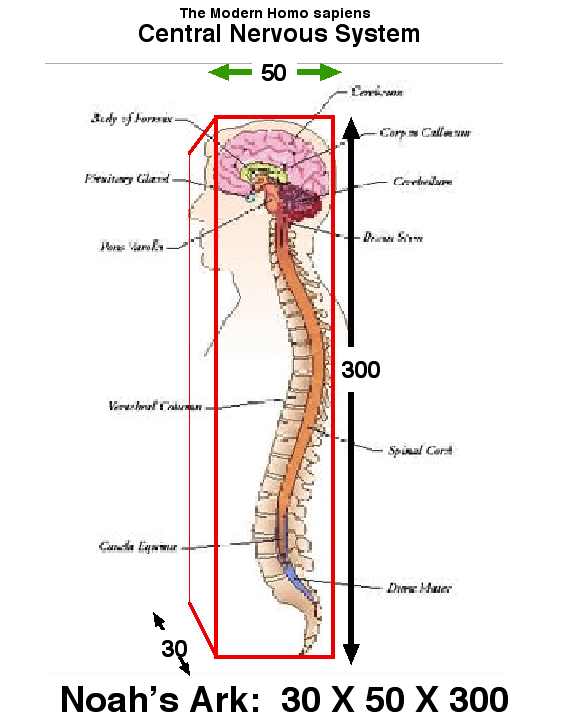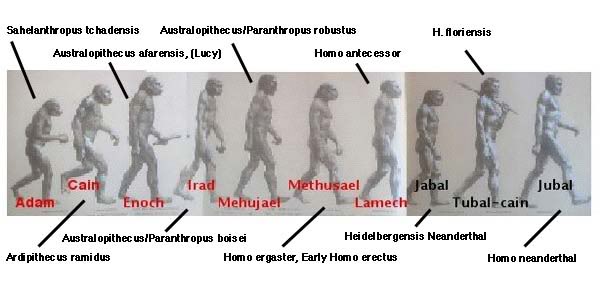Barbarian chuckles:
So it's confirmed now that microchiropteran bats have "major visual capacity."
You clearly can't read too well, or is it a comprehension problem? Try again:
This has been verified behaviourally by Bradbury & Nottebohm (1969), who found that Myotis lucifugus avoids obstacles better under ambient illuminations resembling dusk, than they do in bright daylight. These findings may explain why early studies, which were made in room illumination, usually failed to prove any major visual capacity in microchiropteran bats (e.g. Eisentraut 1950; Curtis 1952).
The part in red is the part you deleted to make it appear that bats can't see. They can actually see better than humans in low light. Why not just accept that you messed up and learn from it.
Barbarian notes research:
The saying “blind as a batâ€, simply isn’t correct. The truth is that all 1,100 bat species can see and often their vision is pretty good, although not as excellent as many other night-hunting animals.
http://www.todayifoundout.com/index....are-not-blind/
I'm talking about the echo-locating microchiropterans.
So is the paper. All of them. You spoke out of ignorance, and you messed up. Learn from it.
See above, and check out who's ignorant.
As you see, you are. Bats are not "mostly blind."
(Barbarian, regarding how bats learned to fly)
Probably the way birds do. Seems to work.
This is unbelievable ignorance.
It took us a long time to get you to admit that birds have to learn to fly. Are you now denying that bats have to do that? Show us.
Let me enlighten your darkness.
At least you'll be able to see as well as a bat, then...

A bat flies using its HANDS.
Show us that it means they don't have to learn, as birds do.
That's one fact I want an explanation of. From any of the sister taxa you were given, account for the evolution of the bat's wing from the forelimb of its 'sister' taxon.
Sure...
Onychonycteris finneryi. Transitional to modern microbats, that has claws on all fingers, short wings capable of fluttering or gliding, and long rear legs. Surprise.
Cretekos, C.J. et al. (2008) Regulatory divergence modifies limb length between mammals. Genes & Development 22:141-151.
Turns out, bone morphogenic proteins are responsible. Specifically, modification of Prx1 seems to have been the primary cause.
So the evidence indicates
A wing forms from the hands of a bat and some proteins are responsible for that magical feat!
No magic. Just differential growth.
Aren't you embarrassed to produce such junk?
You'll have to complain to Him. I'm just observing what it is.
Remember, we're talking about the EVOLUTION of bats' wings, not their formation.
See above. Surprise.
In any case you failed to read the title of the article. We aren't discussing limb length here, we're discussing wing evolution, wing anatomy and how a mammalian forelimb 'evolved' into the wing of the fastest flying critter on the planet, in terms of body length per hour.
As you learned, it's a matter of genes affecting the growth of specific bones.
(Someone is puzzled as to the origin of echolocation)
Modification of something already there. You have an echolocating ability, for example. People have used it to navigate near coastlines in heavy fog, by shouting and listening for echos. In a large empty building, you can actually use it to navigate.
Please. Do demonstrate some common sense here.
Reality is a powerful argument.
Are you really saying that in one or two zillion years, if I keep jumping off trees and cliffs (furiously waving my fingers in the air), my descendants will be able to fly (using their fingers) at a speed exceeding 234,000 times my body length, and shouting at the top of my voice, manage to catch 5 or so insects per minute?
Ah, you're arguing with yourself again. Let us know when you two are done.
And doing so well at it, that the US Navy and Air Force will be waving large sums of money at me wanting to know how I did it, so they can use my techniques in their latest fighter planes and torpedo guidance systems?
Unlikely. You seem to have no idea what the military has in that regard.
And I still haven't asked the 2 fatal questions as yet.
1 How did those flying instincts originate in a non-flying mammal, and
Same what it works in birds, apparently. As you admitted, birds have to learn how to fly.
How did they enter their genome?
If you think there is an "instinct gene", you must be homozygous for the gullibility gene.








